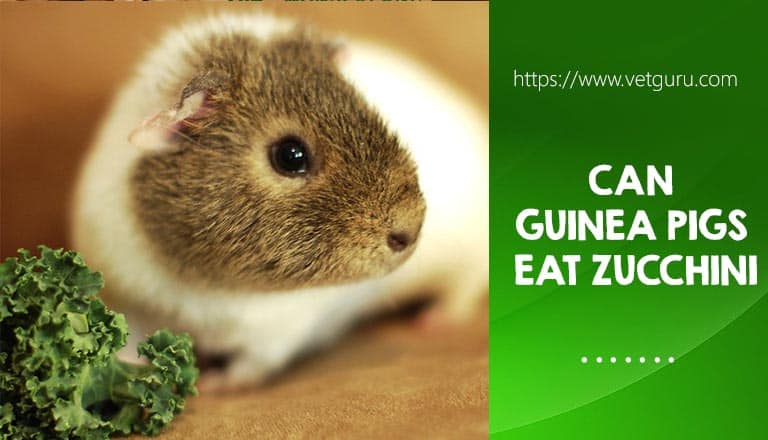Last Updated on 08/20/2021 by Veronica Jones
Due to their astounding cuteness, it is sometimes tempting to just give them whatever food that we happen to have on our plates. But how do we know which food is okay and which isn’t? So, can guinea pigs eat zucchini? Is it safe for them? Let’s find out…
Can guinea pigs eat zucchini?
Yes, zucchini is okay for guinea pigs due to the low sugar content. Moreover, since it is used in human consumption as “zoodles” or “zucchini noodles” as an alternative to high-carbohydrate wheat pasta, it makes sense that zucchini will be easier to digest for guinea pigs – pets that have sensitive tummies.
If you do try giving your pet some zucchini, you’ll find that they will like the inside part, which is tender to chew. They might not like the outside portion, though.
Moreover, since there are two varieties of zucchini (yellow and green), their taste preferences might vary as well.
As for sugar content, the yellow variety is usually more appealing to guinea pigs due to their slightly sweeter taste.
So, if your pet does end up getting the yellow variant rather than the regular zucchini, make sure to lessen it to avoid too much sugar in their system.
Although we said that zucchini isn’t a vegetable, it does contain significant amounts of water for hydrating your furry friend. Besides vitamin A, zucchini is also rich in fiber, which will help your guinea pig digest food much easier.
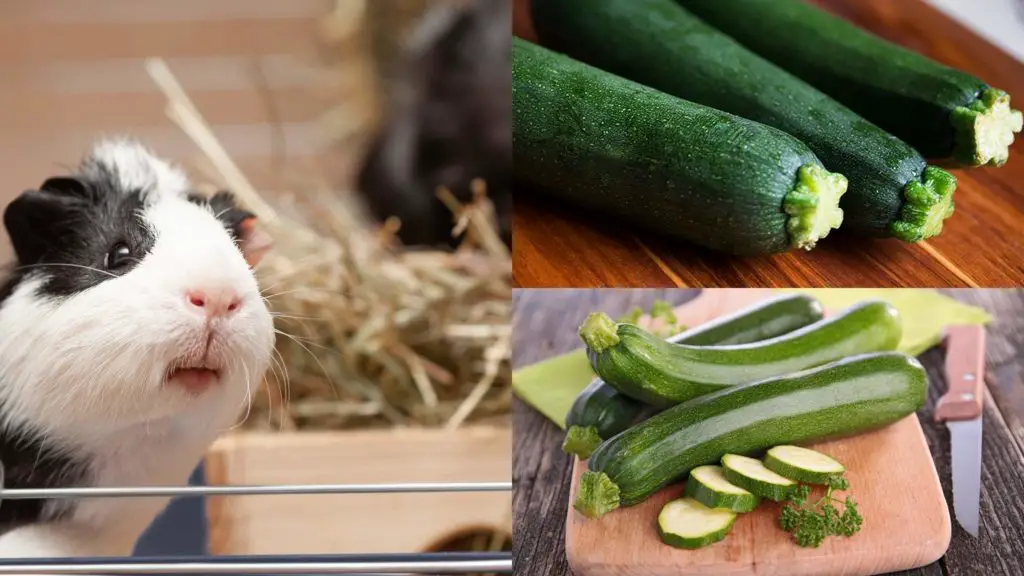
A Little Background
First, let’s get to know more about the guinea pig. Also known as a “cavy” (since it is part of the cavy family of similar animals), a guinea pig is a small pocket pet that you’ve probably seen in your neighbor’s home or from another friend’s house.
They’re like hamsters, but they tend to be much bigger and tend to look fluffier.
An average adult guinea pig will measure 10 to 11 inches in length and weigh around 2.5 pounds. They can live somewhere between 8 to 10 years if given the proper care, such as with the right kind of food, training, exercise, shelter, bedding, and much more.
With that said, guinea pigs in captivity live longer than those in the wild because they can be observed for any signs of health deterioration.
You can easily take them to the vet without question if you see something wrong with them, unlike if you let them off in the wild, where they’re not only hunted by predators but might also get lack access to food, shelter, and other basics.
Guinea pigs are known for chewing anything since it is part of their natural growth. You see, their teeth grow faster than most animals, so they need to keep it short by chewing on various objects, regardless of whether it’s edible or not.
After all, they are part of the rodent-type pocket pets that also have similar teeth. Vegetables and hay are part of their staple diet.
Since a guinea pig is playful and loving, they make great pets among families, children, and even individuals staying in condo units, dorms, or apartments.
Because they can fit inside a small to a medium-sized cage, they are considered low maintenance compared with other pets, and they are also great for first-time pet owners.
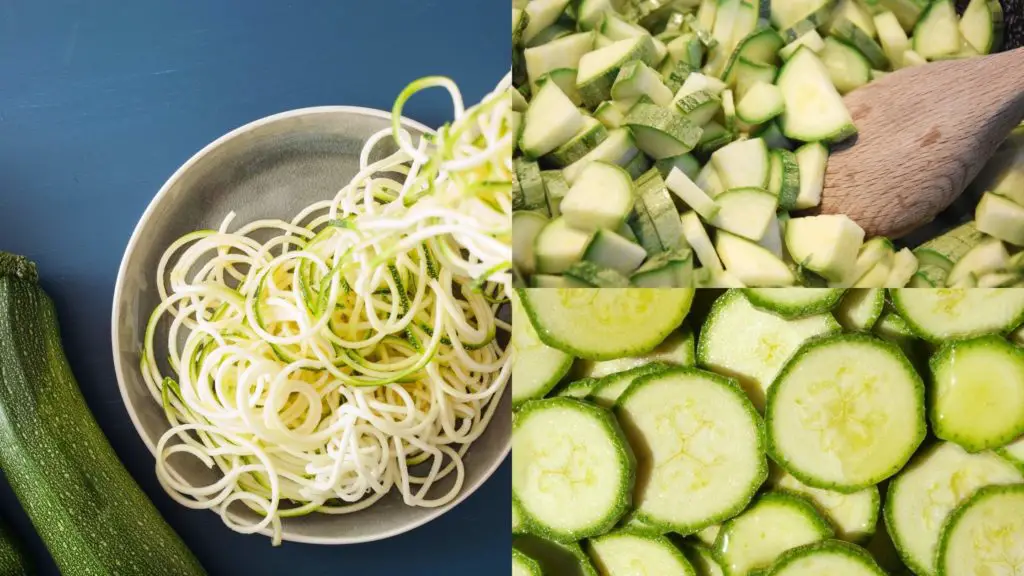
Guinea Pig Diet
A typical guinea pig will eat Timothy hay and any other regular guinea pig food that you can buy at the store. Aside from this staple food, you can also supplement them with vegetables and fruits, as long as they are easily digestible and not toxic to your pet.
Looking for veggies and fruits that are fresh (within 24 hours) and are clean make great treats and additions to your pet’s daily diet.
Moreover, vitamin C is important for your guinea pig, especially if your vet or breeder says that they have a history of skin problems and the like. Fruits like apples are great for this.
Aside from that, when giving them treats, they work well with foods that are low in sugar and fats to keep them healthy.
That’s because, by nature, a guinea pig is a vegetarian, so they’ll do just fine with bland-tasting food, so long as they can digest it and keep their teeth in shape as well.
The water source should also be changed daily to keep it healthy enough for them to drink. The water dispenser should be clean and durable to avoid leaks so that your pet will have easy access to water every time.
About the Zucchini
So now that we have a background about guinea pigs let’s talk more about the zucchini.
Coming from a line of plants similar to cucumbers and melons, the zucchini is a green and elongated type of food. While most people believe that zucchini is a vegetable due to being green, it is a fruit because it is a squash type.
Zucchinis are common in the United States and are often cooked as human food. Due to the thin skin that you can peel off, zucchini is often mistaken as a veggie, which is not the case.
When it comes to nutritional value, zucchinis are filled with antioxidants, which can resist certain diseases. Not to mention, they have vitamin A for improved vision and beta-carotene, which will help to fight off cancer.
Yellow zucchinis are different from the regular green type. That’s because they tend to have more antioxidants, and they also have a sweeter flavor. Hence, they might appeal to the tastes of your pet.
Is it safe to feed guinea pigs zucchini skin?
Certainly – zucchini skin or peel is harmless to guinea pigs. However, most of them simply might not like the taste and still prefer the inside of the zucchini. With that in mind, all guinea pigs differ in terms of taste preferences, anyway, so it is not a one-size-fits-all.
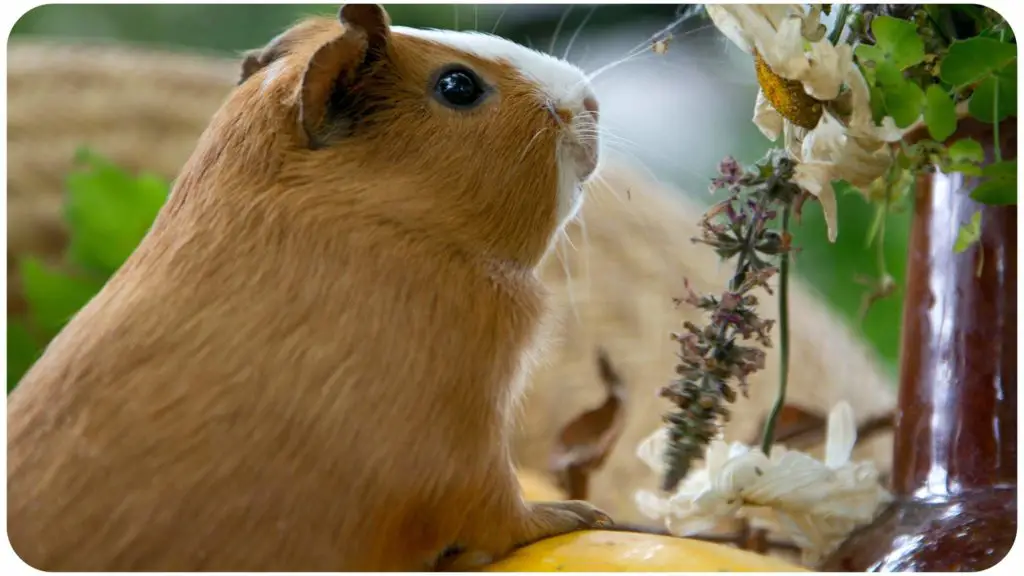
Preparing zucchini for your guinea pig
So, if you decide to feed your guinea pig some zucchini, here’s how to prepare some:
1. Wash the zucchini
Like any food (fruit or vegetable), washing the zucchini is the most important step, especially if you bought it from the grocery store or local market.
You don’t know what kind of chemicals or fertilizers have been used for it, so ensure all the dirt and debris get washed away from the zucchini to avoid toxicity.
2. Cut off the stem
Since the stem is not eaten, you can just get rid of it. The only parts of the zucchini that are normally eaten are the insides and the peel or skin (if your cavy likes it).
3. Start peeling the zucchini
This is a matter of preference since some guinea pigs like zucchini with the skin intact while others don’t. As mentioned above, zucchini skin is safe for your pet to feed on, so don’t be shy to try it out if they haven’t tried it yet.
4. Cut or slice the zucchini into portions
Make sure that the portions are small enough for your guinea pig to easily much on and digest. Too big of a slice or cube would cause them to get bloated and could threaten their digestive system.
5. If you see some seeds, pick them out
Although seeds aren’t necessarily poisonous, you’ll still want to remove them to avoid a choking hazard. Guinea pigs like to munch on anything they see, and to avoid giving them a problem, it’s best to clean out the seeds from the zucchini, just to be safe.
5. Let your pet enjoy and finish the zucchini
Once it is served, sit back and relax as your pet munches on your freshly-served zucchini. Keep in mind that the food should only sit within 24 hours to be considered fresh and healthy for your pet.
If possible, only serve them a bit so that less food is wasted should they not have time or energy to eat.
Are there side effects of zucchini on guinea pigs?
In most situations, zucchini won’t cause any bad side effects to your guinea pigs unless they have food allergies. Some pets do have naturally sensitive tummies, in which any new food they try could cause them to get digestive upset.
If this happens, just feed them only gradually or consult your vet.
How much zucchini to feed to a guinea pig?
Any food that you give to animals, especially for pocket pets like guinea pigs, should be moderated to avoid choking hazards and digestive upsets.
That said, zucchinis should only be given at 100 grams a day, equivalent to 2 small cubes per serving. That’s because zucchinis, like most fruits and veggies, are only meant to be treats and not their main or staple food source.
If this is your first time feeding your pet with zucchini, don’t put a lot on their plate to avoid wasting valuable food. Instead, only put a small piece alongside their regular food and wait about a day if they eat it.
This is a good method if your little cavy is quite the picky eater.
The simple reason why veggies and fruits shouldn’t be given too much to guinea pigs is that they’re likely to get digestive upsets. That’s because their tummies are naturally wired towards hay instead. If you do want to introduce them to zucchini and other similar foods, you should do so in small amounts first and wait to see if there’s any reaction.
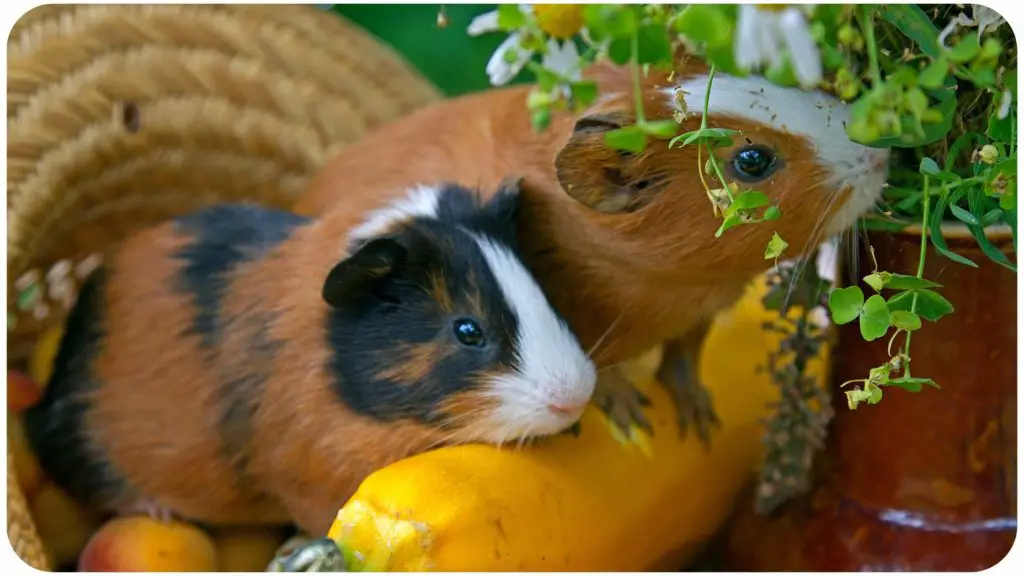
How often to feed zucchini to a guinea pig
As mentioned earlier, guinea pigs should only be fed zucchini less frequently than you would feed them with Timothy hay, pellets, and other staples.
The maximum schedule for a guinea pig when feeding zucchini is about up to 6 or 7 times a week in small portions, meaning once a day is enough.
Zucchini is considered a treat, so feeding them too frequently will cause digestive upsets such as diarrhea and vomiting. To avoid this, only feed them a few times a week, if possible. A good amount should be around only 3 times a week.
If your zucchini is a picky eater, you can just experiment first and don’t feed them too much yet. Then, you can gradually increase the number but not too much.
Alternatives to zucchini
So, what other alternatives can your guinea pig eat up aside from zucchini? Well, here are some fruits and veggies that they might like instead:
- Squash fruits – you can also feed them other fruits of the squash family.
- Oranges – these delicious fruits are rich in vitamin C.
- Mangoes – if you live in the tropics, mangoes are a great guinea pig food as well.
- Pumpkin – pumpkins are slightly related to squash, so this is also a great alternative.
- Strawberries – guinea pigs can eat strawberries just fine.
Conclusion
To wrap it up, guinea pigs can eat zucchini, but in moderation. It should become a snack so that it won’t interfere with their main course, which is Timothy hay and some regular pellet food.
Guinea pigs can benefit from zucchini because of its vitamins that will help their immune system. They should, however, only be fed in small amounts and should be properly cleaned and prepared.
Just like with any fresh food, they should be fed within 24 hours to avoid causing digestive upsets to your little furry friend.
As with any food, if your guinea pig does develop certain reactions, it’s best to contact your local vet to get advice on whether or not zucchini is okay for them, along with feeding tips.

